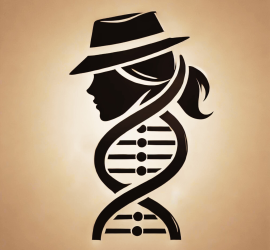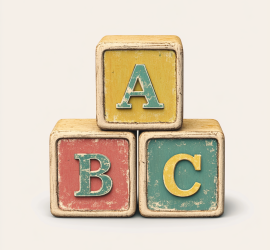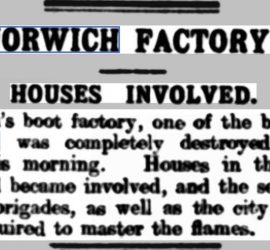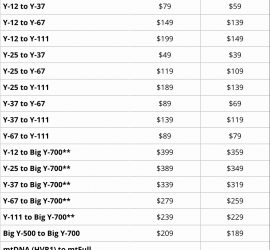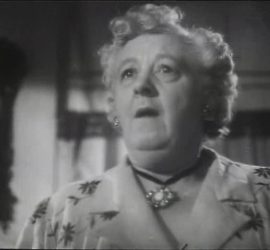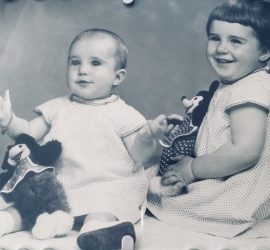Donna Rutherford
You’ve got your DNA test back, and now you have a million questions to ask. Here is a list of some questions and answers that might help to get you started. Find out about Mickey Mouse, X DNA, Haplogroups, Clusters, DNAPainter and other third party tools, GEDmatch and much more… […]
It’s easy to get side-tracked when doing Genetic Genealogy or perhaps just not knowing what do next. A lot of people don’t know what to do after clustering their matches for example. I’ve created a simple list of the 3 steps you need to take (in order) to do Genetic […]
Today 01 October 2022 is World Postcard Day – so I’ve written this blog about one if my more interesting postcards Occasionally I buy postcards from eBay, generally vintage postcards that been written on and then posted. Postcards give a great insight into the social history of the day. Some are short, […]
Ancestry “Cyber Sale” – Check the site for details ancestry.co.uk/ currently £49 Plus Shipping. Offer ends 29 November 2021 11:59pm Check at Amazon as deals there also and they may exclude shipping – Currently £49, no shipping for Prime members. 23andMe Sales on their Ancestry +Traits test and the Health […]
ANCESTRY 23/11/2020 – Current advertised sale is £49 plus P&P (note that Ancestry exclude the shipping charge and add it later). ENDS 30 NOVEMBER 2020 23/11/2020 Ancestry via Amazon – no sale price advertised and currently selling at £89 plus P&P (or free shipping if a Prime member). 26/11/2020 Amazon […]
(Another in the occasional series of famous Rutherfords) I thought writing up a few notes about Dame Margaret Rutherford the actress would be pretty simple – I would follow her tree back as many generations as possible and pull it all together in a nice neat and tidy summary. Margaret’s […]
This week Ancestry announced that all DNA accounts will now have the update to their new Ethnicity Estimate. This is an ethnicity only update, there have been no changes in DNA matching (ie your DNA cousin matches). To get the update, log into your DNA page and open your […]
IN SEARCH OF THE PERRETTS Yesterday I spent an hour or so reading through George Perrett’s book, “In Search of the Perretts”, in the reading room at The British Library. It’s not like a lending library, but a place where you go and read any of the books in their […]

